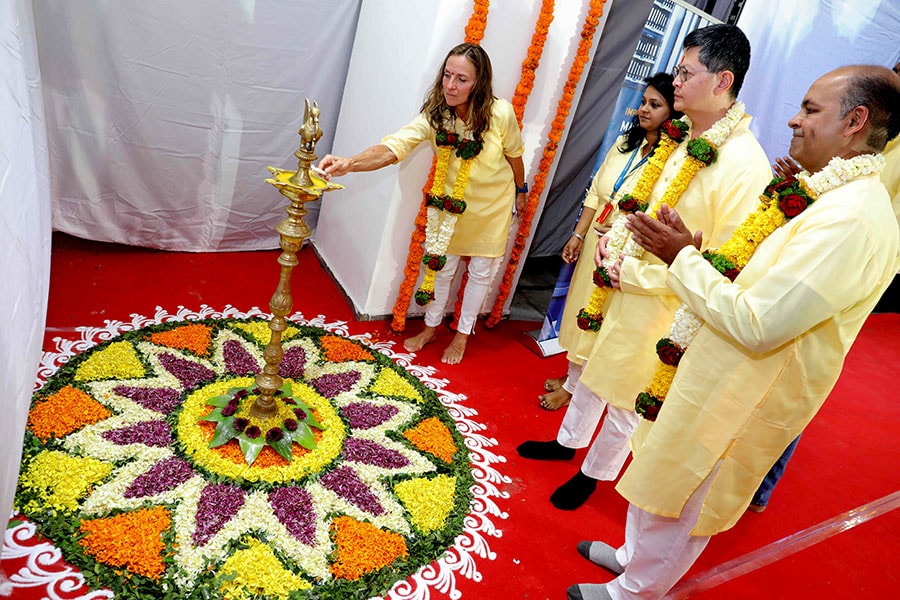
From the Monalisa to vintage suitcases and panda cubs, 'no cargo is the same': Jennifer Harvey
The Group CEO of Crown Worldwide Group talks about transporting some of the world's most precious, and sometimes quirky, cargo
 L to R: Jennifer Harvey - Group CEO, Tze Shen Kong - CEO Asia, Srinivas Krishnan - Regional Managing Director – South Asia, Crown Worldwide Group
L to R: Jennifer Harvey - Group CEO, Tze Shen Kong - CEO Asia, Srinivas Krishnan - Regional Managing Director – South Asia, Crown Worldwide Group
The business of transportation and storage does not immediately come across as a particularly interesting sector, given that most goods usually fall within mundane categories such as records and documents, mechanical or precision equipment, office furniture and heavy machinery. And yet, sometimes, inside the seemingly dull and identical containers—and entirely unknown to the people handling the shipments—there are items that are nothing short of spectacular.
Whether it be priceless works of art, crates of the finest wines, the rarest of artefacts or personal belongings worth a fortune, companies such as Crown Worldwide Group are responsible for moving them from one location to the other across the globe, ensuring their safety, security and storage.
The privately owned logistics company, founded in 1965 and headquartered in Hong Kong, has 275 facilities worldwide and generated revenues of $650 million last year. It has been present in India for 27 years, across 13 locations, and has maintained art storage facilities in Mumbai and Delhi since 2016-17. With growing demand for the storage of fine art, it is now expanding these facilities and is gradually moving from leased properties to company-owned facilities. It is also looking to start a wine storage facility in Bengaluru.
In September, the company inaugurated the Crown Records Management Vault and Fine Art Vault Storage Facility in Taloja, near Mumbai. The four-storey structure is spread across 27,616 sq ft, housing dedicated zones for fine art and vital records, and employs cutting-edge technology that results in enhanced security. In Mumbai for the inauguration, Group CEO Jennifer Harvey, CEO Asia Tze Shen Kong and Regional Managing Director-South Asia Srinivas Krishnan gave a glimpse of what goes on behind the scenes while transporting and storing precious cargo.








